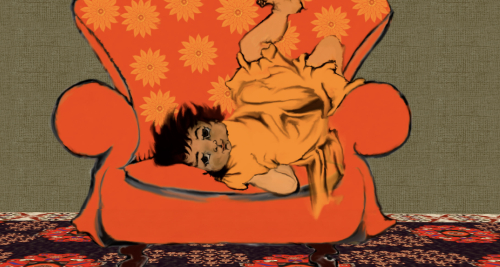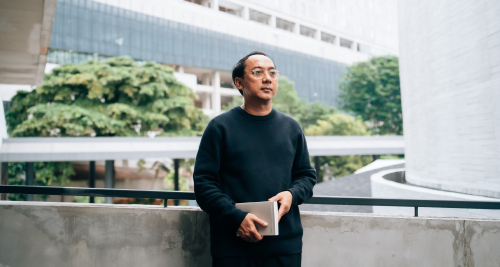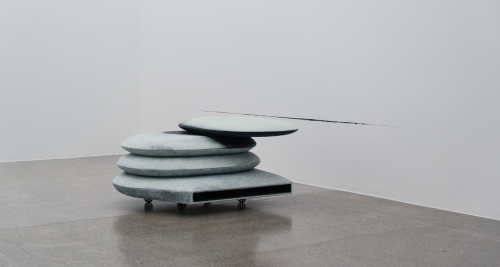Understanding Nusaé’s Design Approach Through In Continuum: Harmonizing
The design studio Nusaé revisits an old question in a new way: how does harmony work in design? This inquiry forms the foundation of In Continuum: Harmonizing, an exhibition held at Kopimanyar, Bintaro, South Jakarta, from November 1 to 15, 2025. The exhibition coincides with the launch of Harmonisasi/Harmonizing, a book published by Suburbia Project, a Malaysia-based publisher focusing on architecture and design publications.
Both the exhibition and the book continue Nusaé’s long reflection that began in 2024 with their Harmonisasi exhibition at Taman Ismail Marzuki, marking the studio’s tenth anniversary. While the previous exhibition showcased their works and portfolio, In Continuum: Harmonizing focuses on the thought process behind them—how the idea of harmony is translated into tangible design practice.
Through this exhibition, Andi Rahmat, founder and principal designer of Nusaé, reaffirms that design is a way to negotiate the relationship between people, space, and the environment. For him, harmony is a fundamental condition that maintains the connection between elements in nature. It requires continuous effort to unite differences, bridge diversity, and preserve balance amid change. Before it became a concept, harmony had already existed as a human practice reflected in space, art, architecture, and design. Through creativity, humans continue to interpret harmony using the resources available around them.
The exhibition space is divided into three sections that trace the trajectory of harmony across time. The first section, Efforts of Harmonization Through Continuity of Eras and Ideas, maps principles of balance throughout the history of design and culture. It invites visitors to look back and see how harmony has appeared in various forms and contexts, from the golden ratio and tri hita karana, to Josef Müller-Brockmann’s grid system, Le Corbusier’s Modulor, and Da Vinci’s Vitruvian Man.
The second section, Nusaé’s Approach, serves as the exhibition’s core. Here, visitors can explore how Nusaé applies harmonization methods in their various design projects—ranging from the visual identity of Tulang Bawang Barat Regency in Lampung, to public signage systems, and branding for the Bintaro Design District. Each project is presented not as a portfolio display, but as a study of how harmony is applied within specific social and spatial contexts.
The third section, The Book Design Process, reveals how these ideas were assembled into a publication. It includes documentation of layouts, sketches, editorial notes, and process artifacts that show how the principles of harmonization are also implemented in the making of the book itself.
Harmonisasi/Harmonizing serves as the central medium tying the entire project together. The book outlines six design approaches developed by Nusaé: blending, adaptation, contrast, integration, coherence, and kinetic. Each approach offers a framework for understanding the relationship between design and its surrounding environment.
“Harmonizing is a value we have upheld throughout the past decade of our practice. We hope this book can serve as a tool to demonstrate that value through real case studies in Indonesia’s growing design industry, and we hope it can spark new ideas about design that consider sustainability and broader environmental awareness,” said Andi Rahmat.
Through this approach, Nusaé positions design as a process that moves across multiple dimensions—social, ecological, and economic. Design, for them, is not merely an aesthetic tool. It is part of a larger ecosystem. This principle is evident in the way they curate the exhibition, where no hierarchy exists between text, images, and artifacts. Each element is presented on equal footing, reflecting the interconnectedness among them.
For more than a decade, Nusaé has been recognized for works that span diverse fields, from graphic and editorial design to environmental information systems and user interfaces. Yet behind these varied projects runs a consistent thread: an ongoing effort to understand the relationship between design and everyday life.















